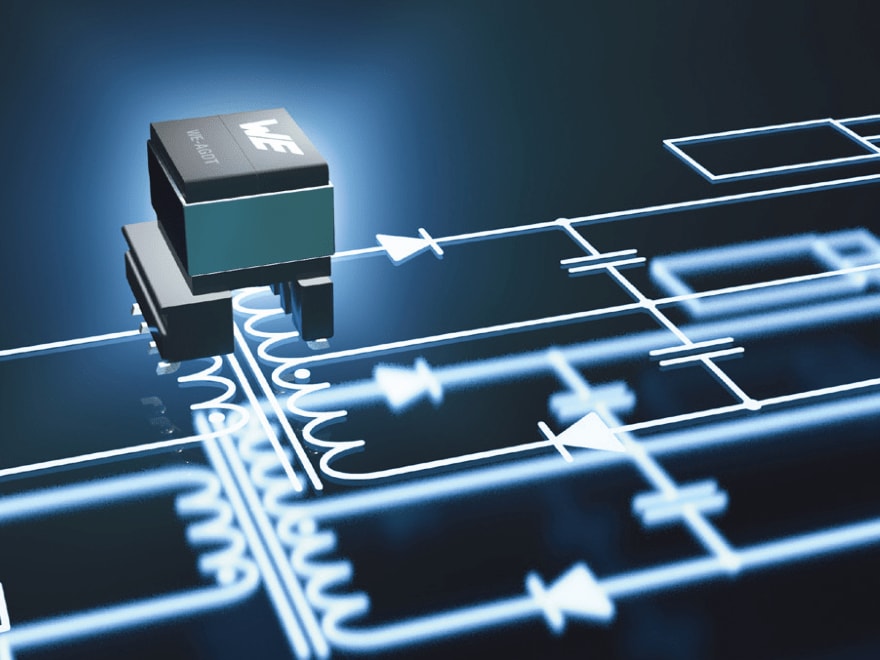

Silicon carbide (SiC) power semiconductors that operate at switching frequencies above 100kHz are becoming much more prevalent in trending areas like E-mobility, renewable energy, or industrial drives. Their extremely fast switching speed helps to achieve higher efficiency, smaller size and lower system cost, especially in high-voltage, high-power applications. In correlation, this means gate-drive requirements are becoming more sophisticated. This can be a challenge as the desire for more compact, efficient and flexible power supplies are wanted.
Two operating voltages are needed for the gate drivers and high EMC requirements. Additionally, restrictions relating to the protective insulation between the HV side and the Safety Extra Low Voltage (SELV) side need to be taken into consideration.
Many applications require small dimensions and low weight at a minimal cost. An isolated power supply design that provides the voltage and current levels to drive the SiC MOSFET and its gate driver is therefore critical. Typically SiC MOSFETs require gate voltages of +15 V for full power-on and -4 V for reliable power-off. Each SiC MOSFET requires an independent gate driver stage with its own isolated auxiliary voltage.
Würth Elektronik has the solution. Supplemented by a controller from Analog Devices, the key component of the design is the new WE-AGDT transformer. Set within an EP7 housing, the compact transformer features a wide input voltage range from 9 to 36 V and a high saturation current of 4.5A. It boasts very low leakage inductance and, with 6.8 pF, also very low capacitance between the windings.
The WE-AGDT series provides the opportunity for developers to easily achieve a compact design with up to 6 W output power for SiC MOSFET gate drivers.
Other product benefits include:
For more information check out:
